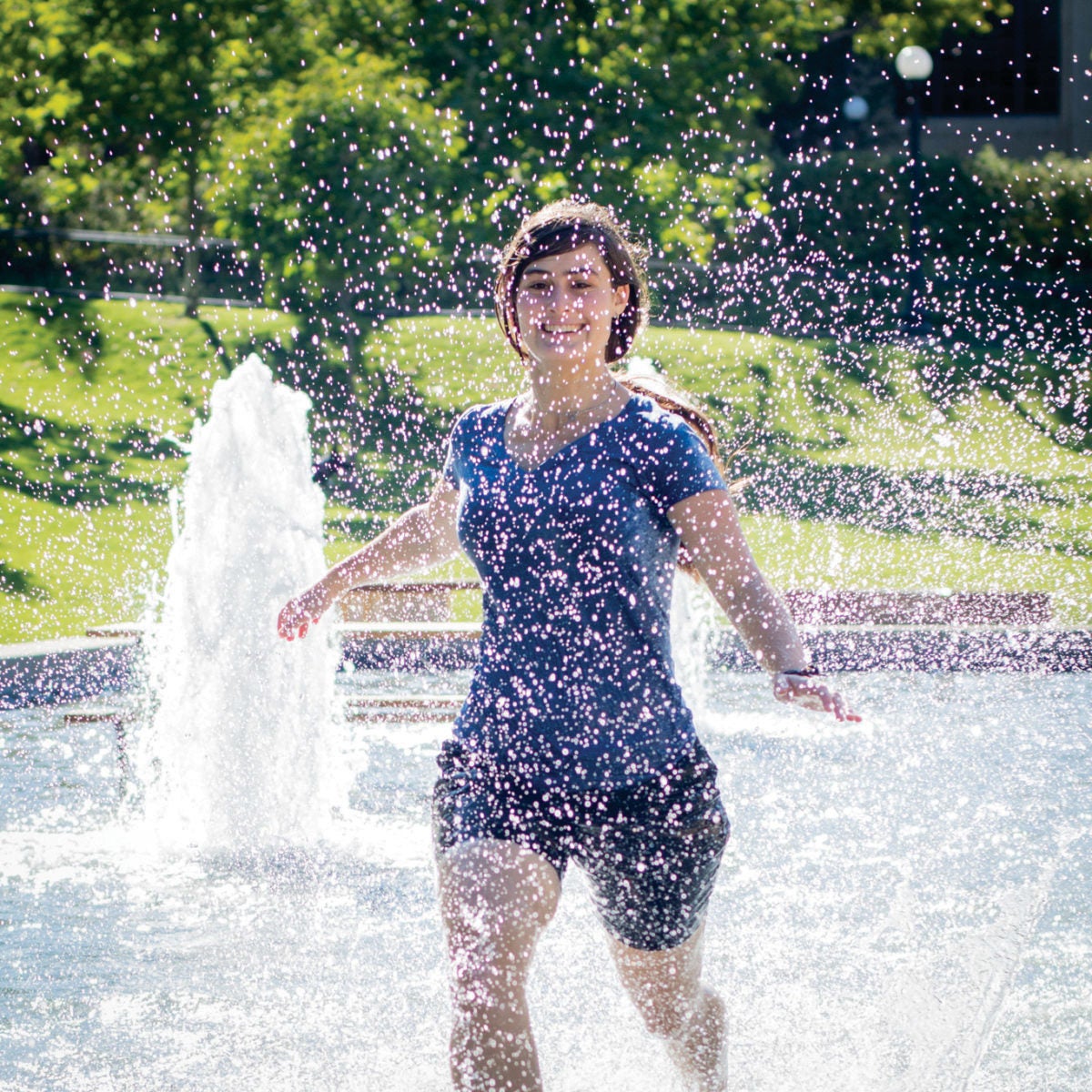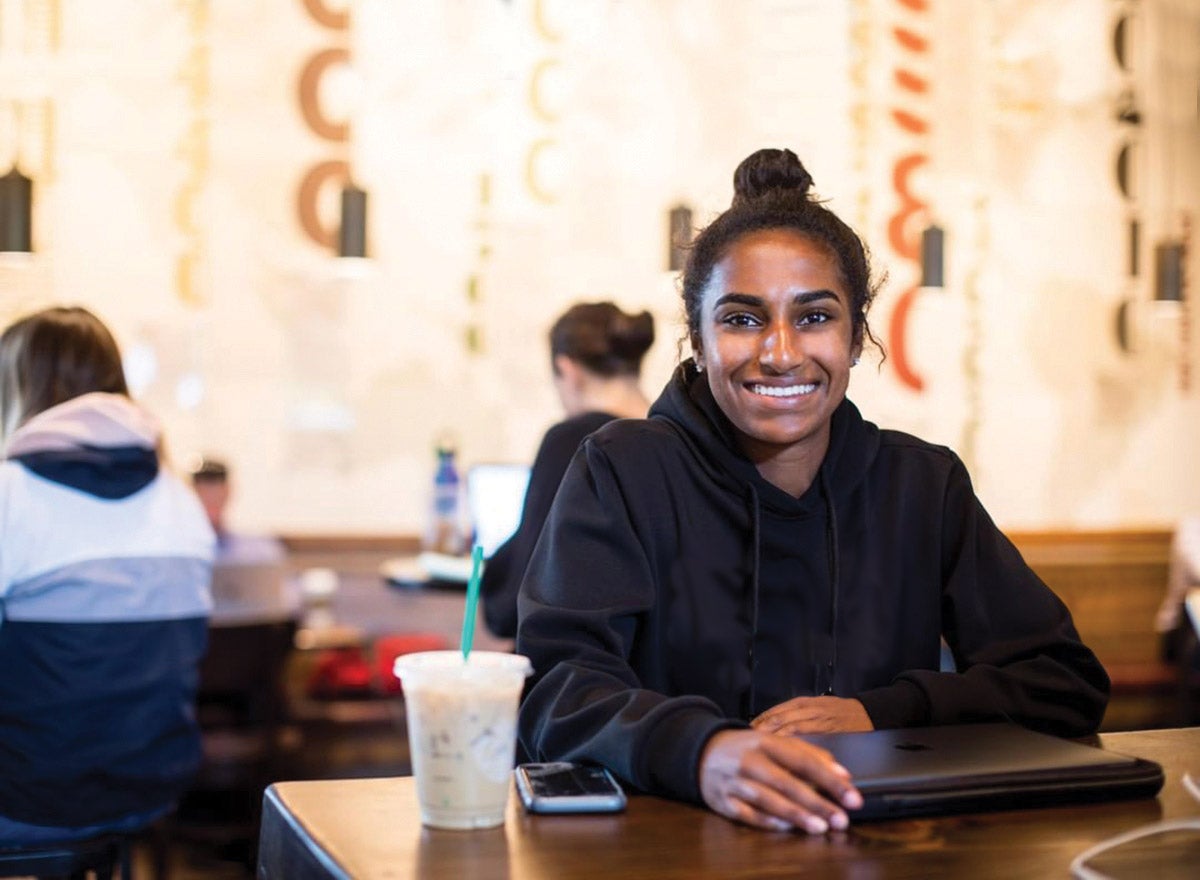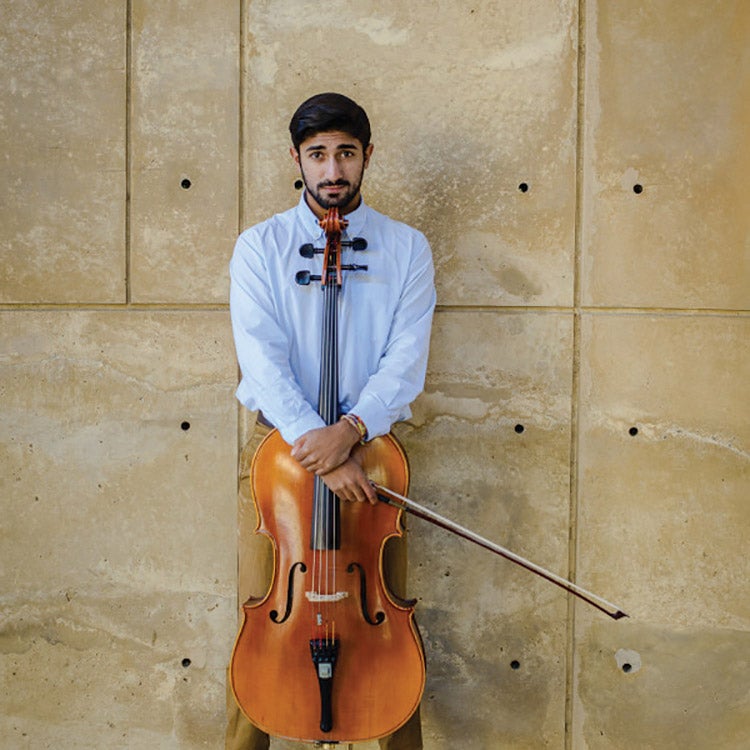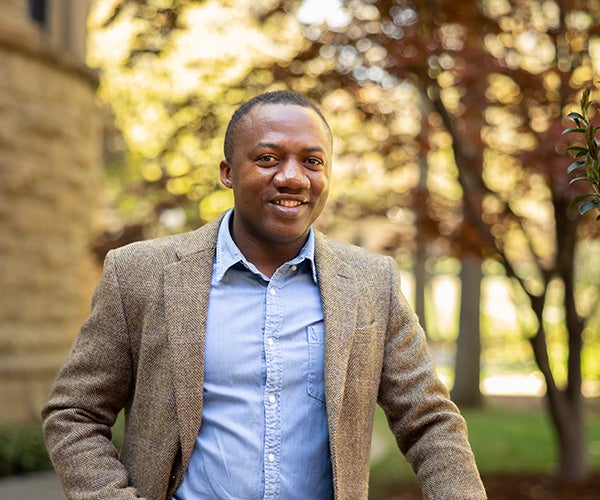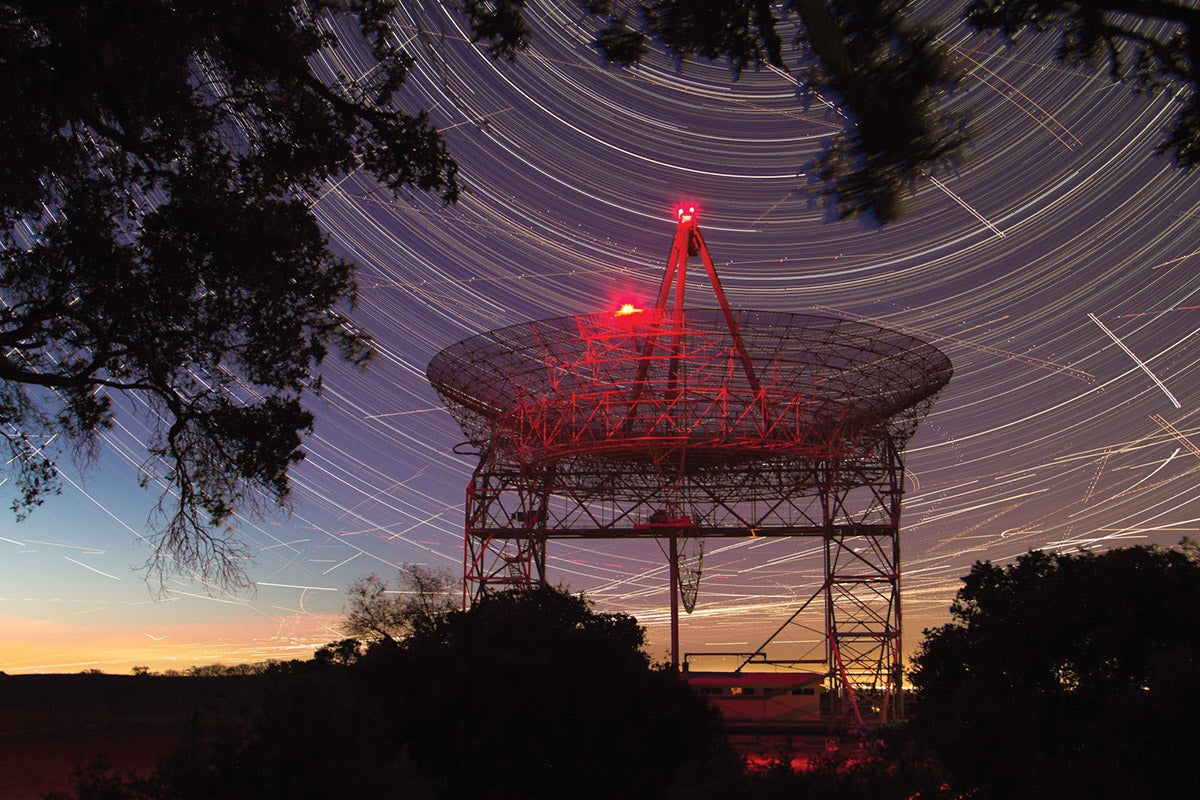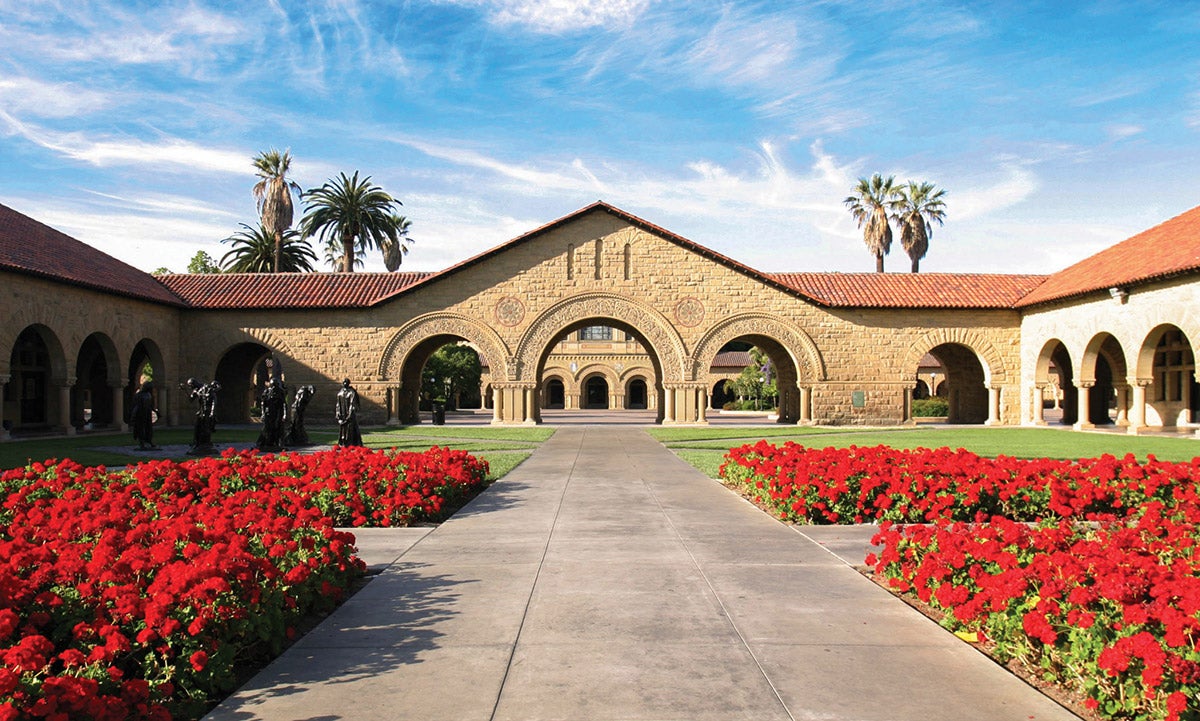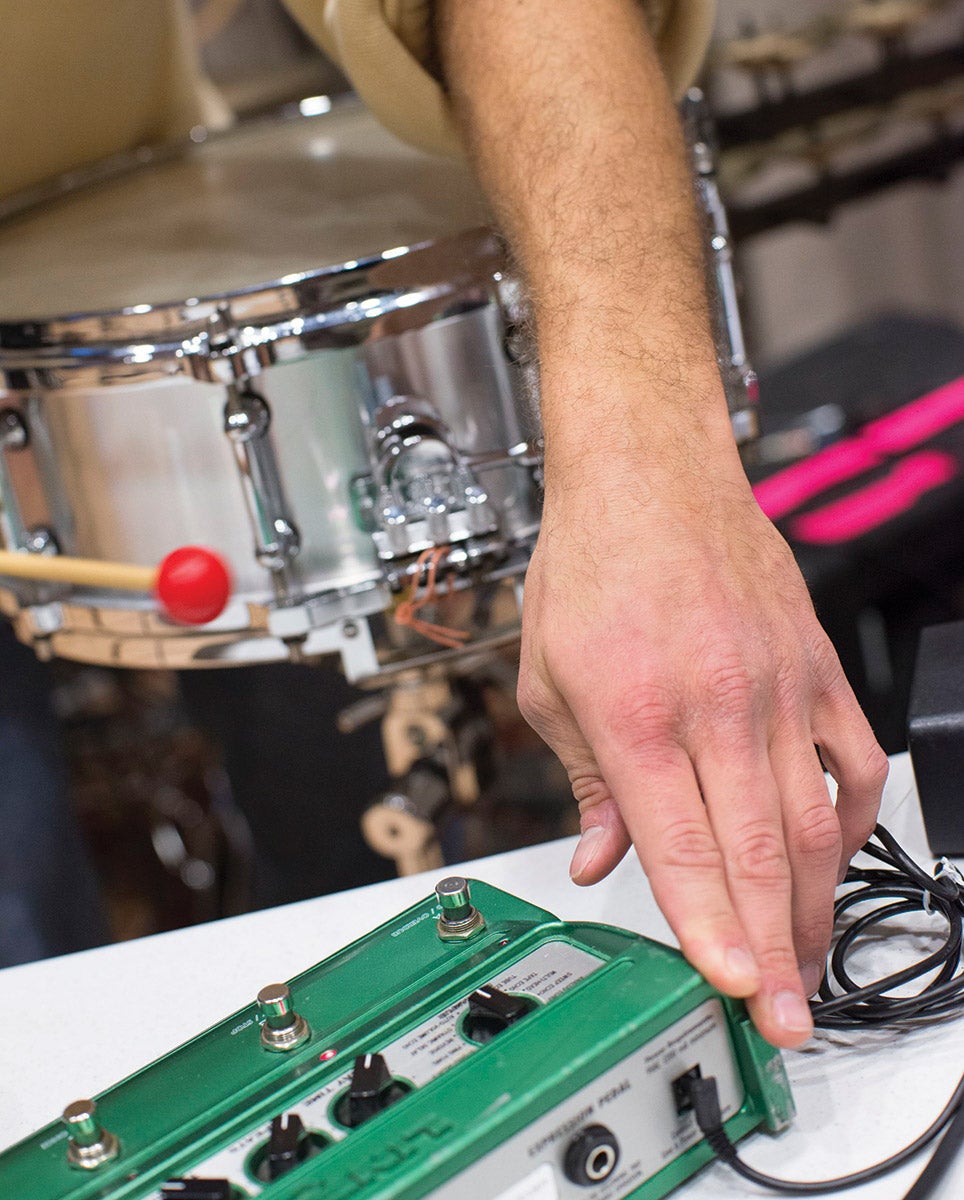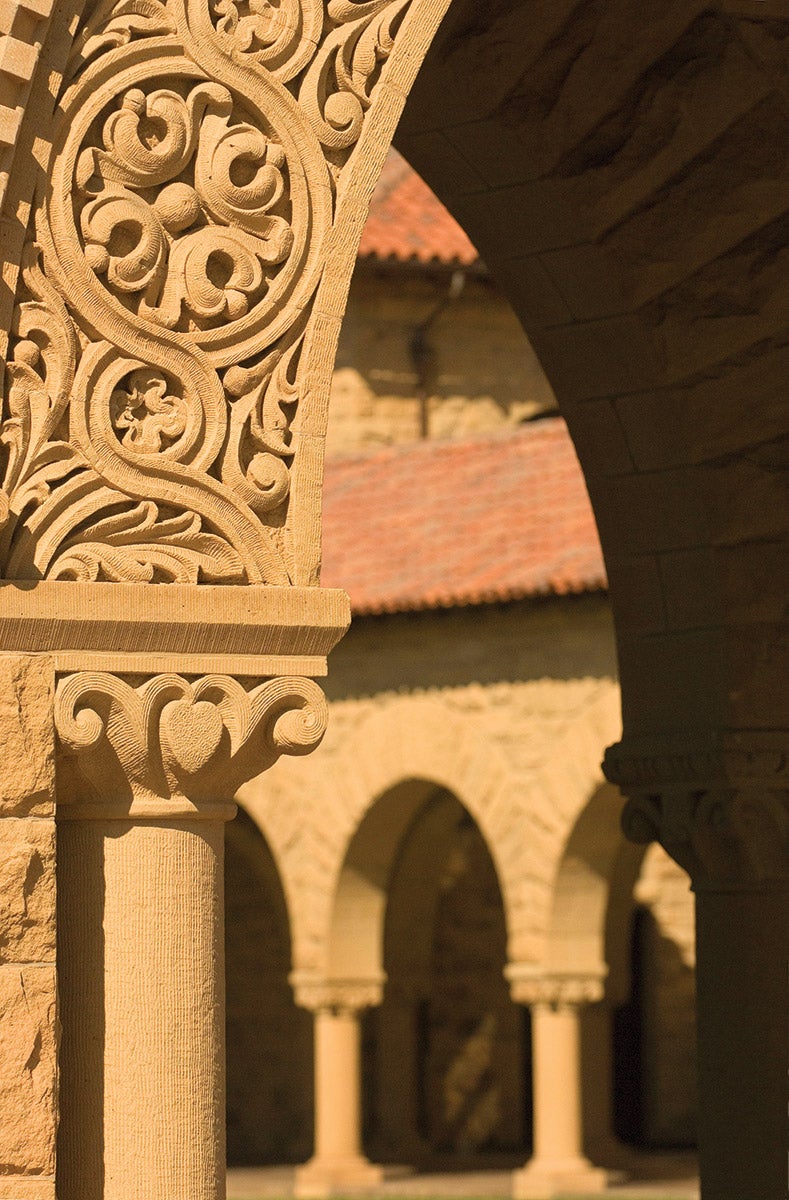Photography
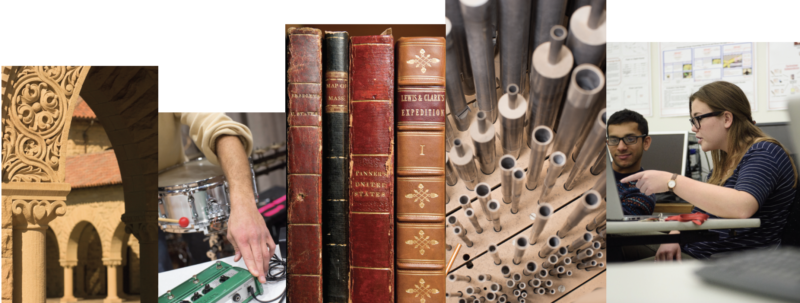
Photography is a key tool in conveying who we are and connecting with people in ways words can’t. Our photographs capture the essence of Stanford to tell a richer, more comprehensive story.
Our photography distinguishes the Stanford brand and plays a key role in how we communicate. Whether we’re using existing photos or shooting new images, here are four categories to consider:
We extend the traits found in the brand essence to how we choose the right photograph for our storytelling. The four categories of photography are organized in the following along a spectrum of attributes from expressive to controlled that support our executions.

Publicity release form
(also referred to as a “photo release” or “model release“)
Use this release form when photographing or recording individuals for Stanford use, or to obtain permission for using personal photos in an editorial video or other similar product. This is especially important when photographing or recording minors. Keep all releases on file indefinitely. When in doubt, use a release.
Note: This publicity release form does not cover patient data, so if you’re from Stanford Medicine and the project requires a HIPAA release form, please reach out to either:Margarita Gallardo, Associate Director, Digital Media or Lisa Kim, Senior Manager, Media Relations.
Captions and credit
Please include captions for images where appropriate, and photographer credit where possible.
Portraits
The use of portraiture puts a human face to our university. We want to show Stanford students, faculty and staff in the best light, which means capturing them with authenticity—no need for photo effects or heavy editing.
Our portraiture can range from lighthearted and warm to serious and resolute. When capturing portraits, the focus should be on the individual. Subjects should be looking at the camera, from within an environment, not a studio. Overly stylized photos don’t reflect the genuine nature of the Stanford brand. Ensure that these shots always feel natural and not staged.
Expressive
to
Controlled
Moments
This category is all about Stanford people in their natural element.
These images should be in the moment, not posed, showcasing the amazing things our people are doing. This photographic style should capture moments of real emotion, spirit and achievement. This can include smiles, laughter and other positive expressions, as well as introspection and hopeful reflection.
Expressive
to
Controlled
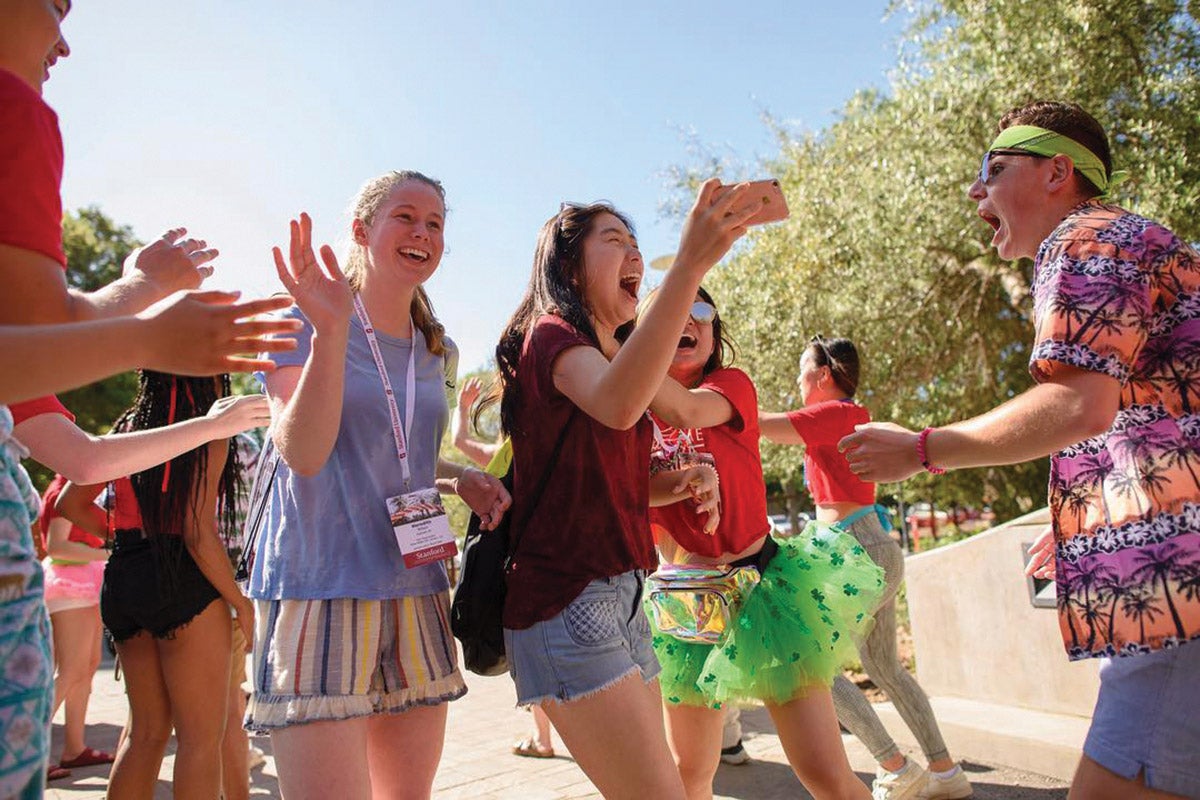
/ Active body movement
/ Inventive camera positions
/ Joyful expression

/ Casual body posture
/ Static foreground and background
/ Expressive to serious expression
/ Short focal length
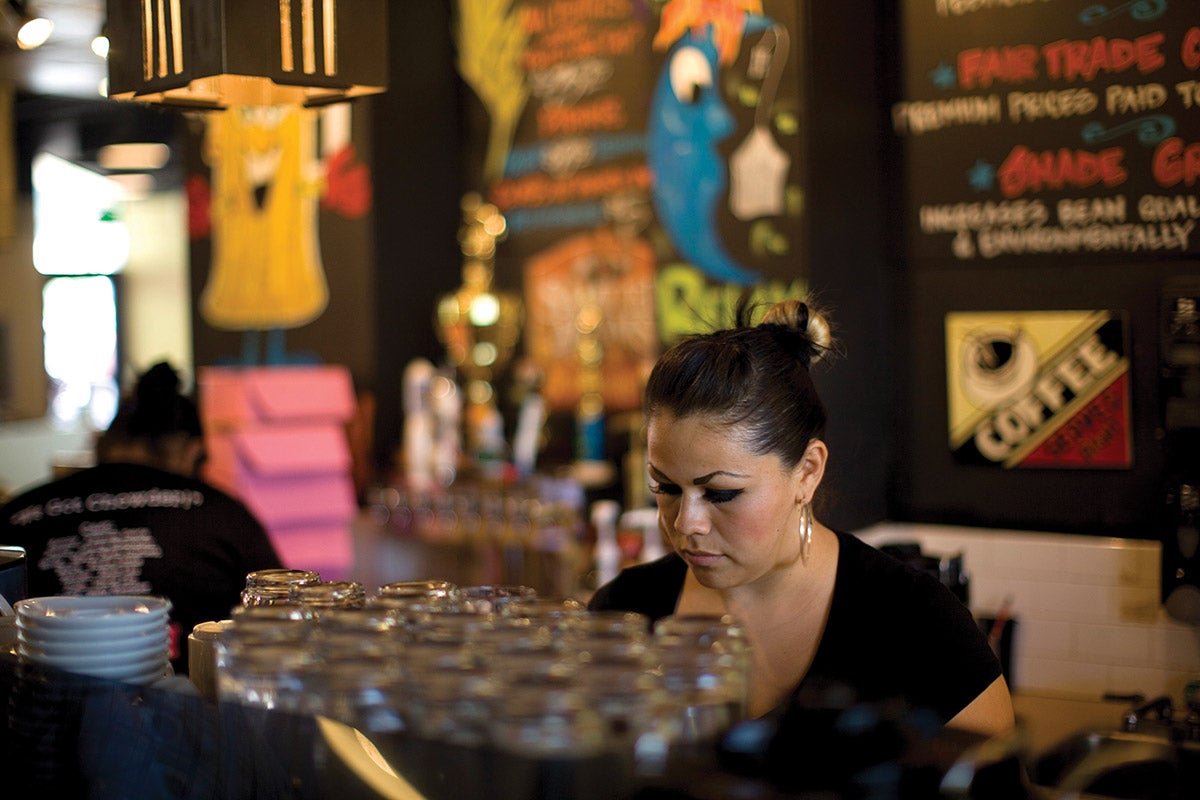
/ Uninformed backgrounds
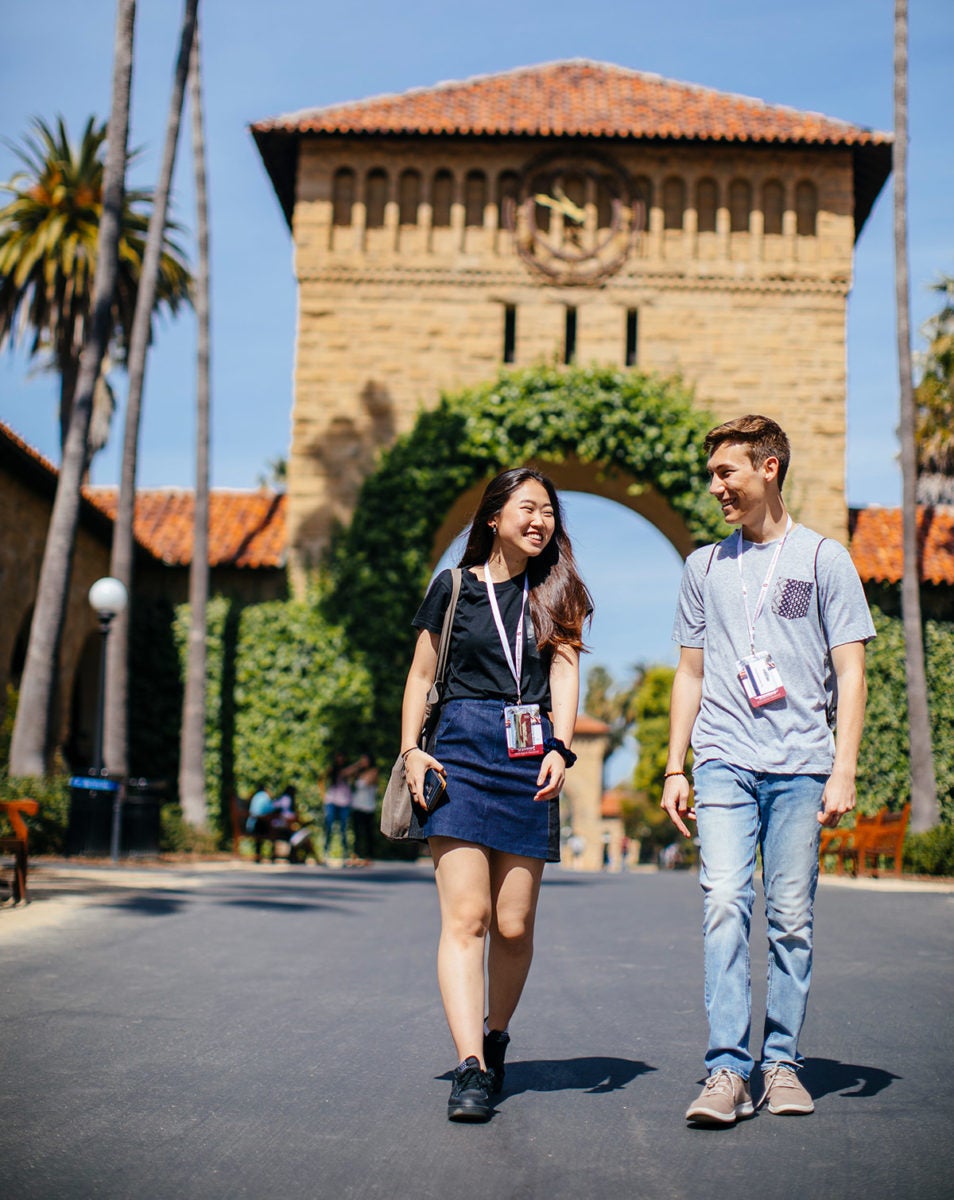
/ Casual body posture
/ Clean and simple environments
/ Camera-aware subjects
Environments
Plan for environmental shots to show the diversity of our campus and our programs, capture the real environments of our students. When scouting for these photos, look for workspaces, common areas, gathering spaces, architectures and landscapes to help convey the wide range of studies that the Stanford community explores every day.
Inside and outside the classroom, we want to show individuals and groups pursuing their passion and doing what they love. Using dramatic angles and capturing subjects focused on the task at hand, these images express energy or tranquility. When taking these photos, look for unique perspectives, symmetry, depth of field, dramatic light, interesting environments and action.
Expressive
to
Controlled
Details
Detail photography is a creative, and often overlooked, way to highlight Stanford’s many unique aspects. We can highlight our processes, tools, equipment and arts. We can also use these shots to showcase the everyday beauty of our campus.
The goal here is to capture some of the small things that add up to a bigger picture. When photographing around campus, it’s always a good idea to zoom in on a wide shot and snag a few shots of what makes the composition unique. People can be present, but the focus should be less about the individual and more about what they’re doing or what they’re interacting with, at a much closer level.
